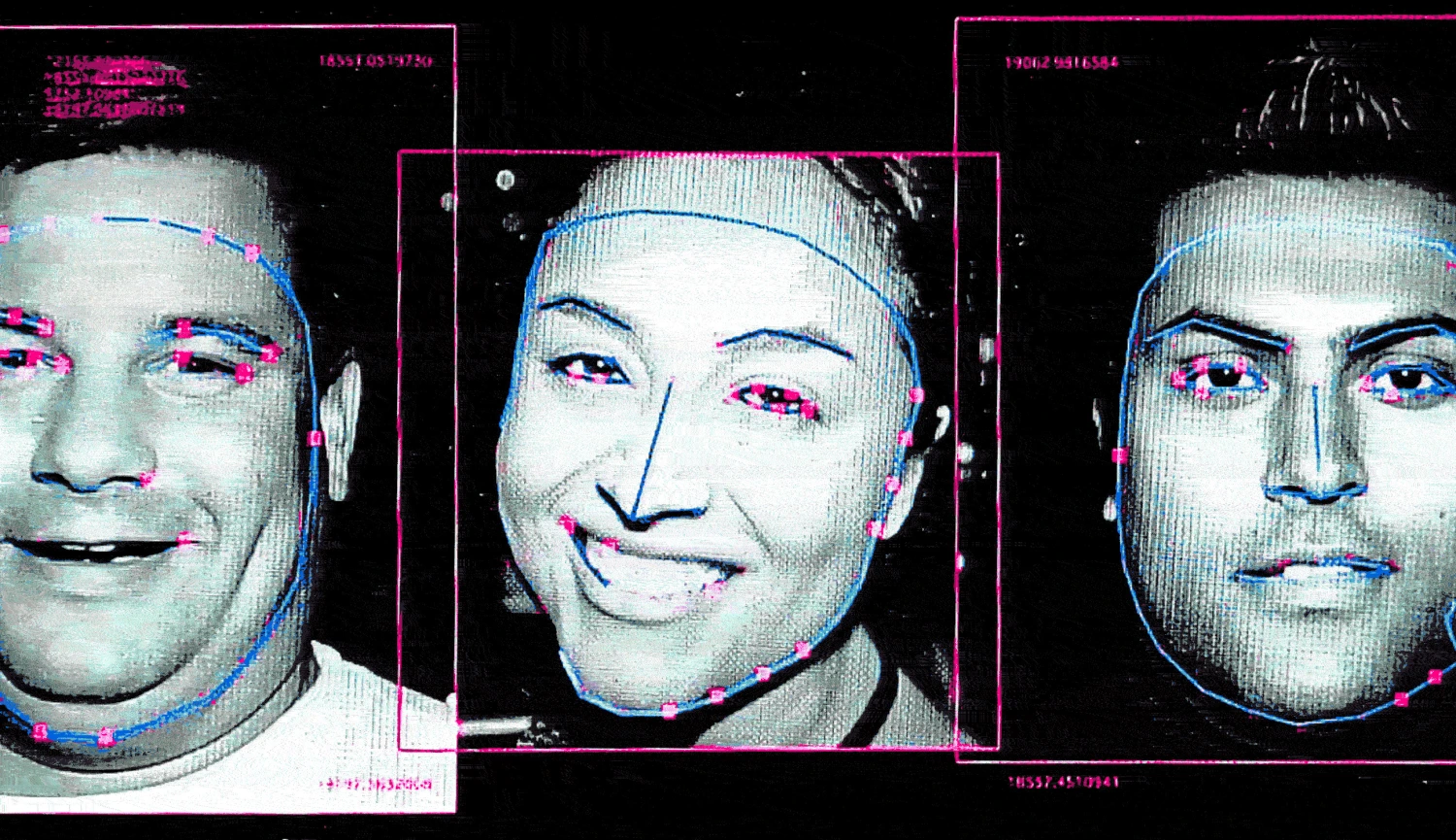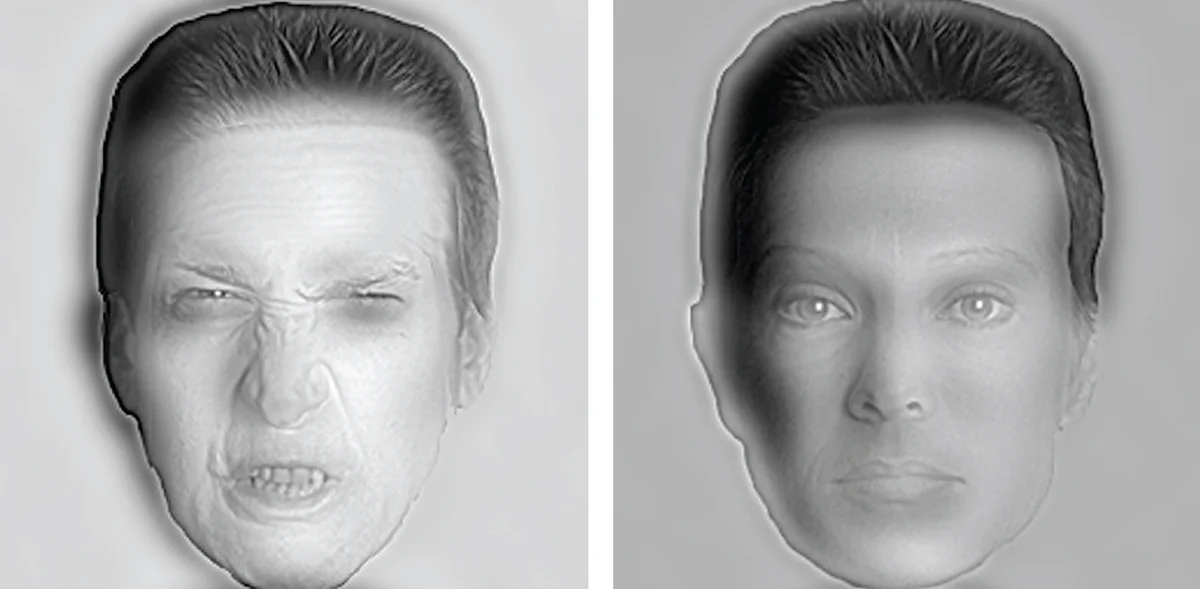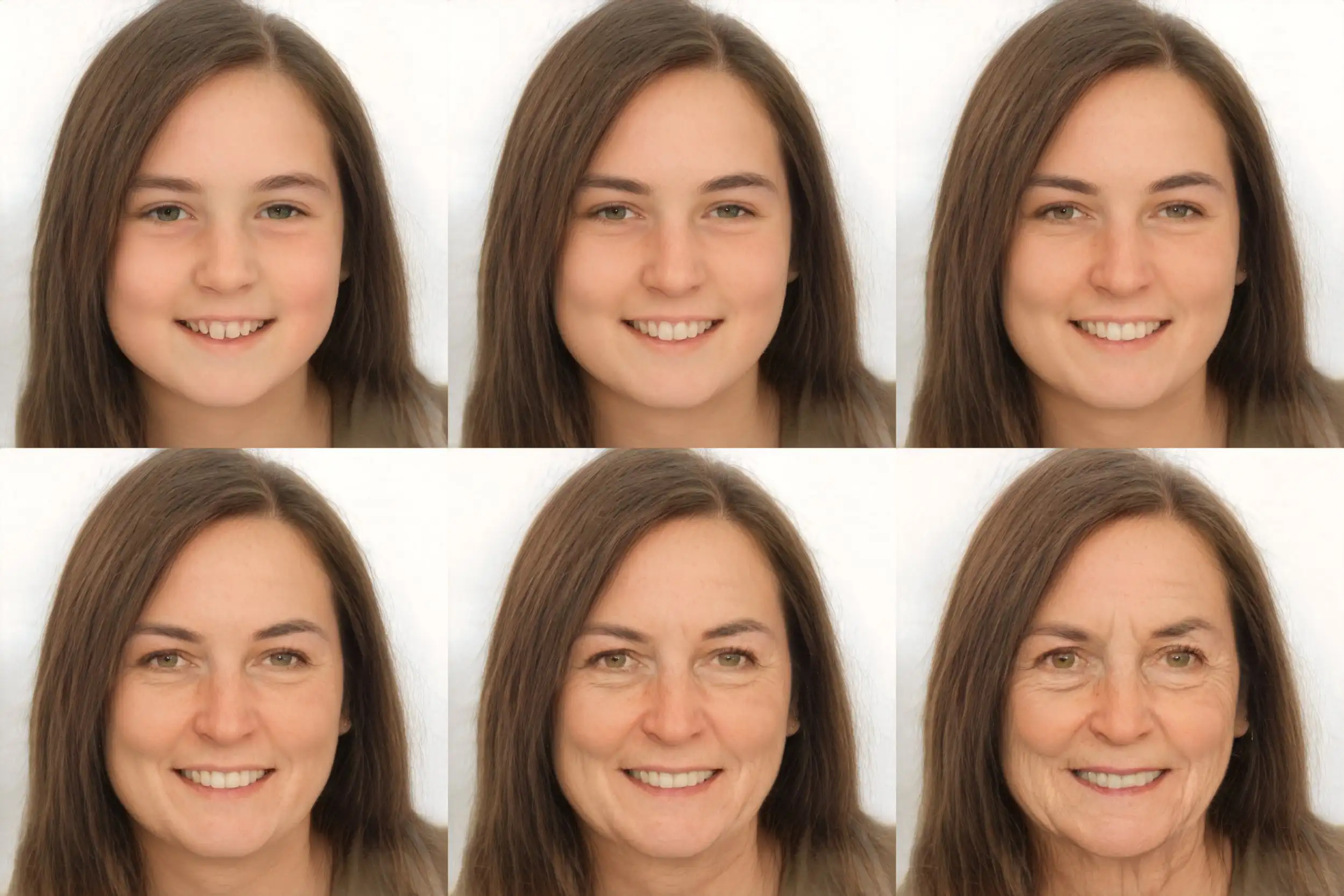Face Recognition Gone Wrong: When Algorithms See Criminals Who Aren’t There 😢🚨
I’ll never forget Sara’s story.
All she wanted was chocolate after a rough day. But within 60 seconds of entering a Home Bargains store, an employee accused her: “You’re a thief. Leave.” Why? A facial recognition system called Facewatch flagged her as a shoplifter. Her bag was searched, she was banned from all stores using the tech, and sobbed the whole way home. “Will my life be the same?” she wondered. Spoiler: Facewatch later admitted it was wrong (source).
Sara isn’t alone. As facial recognition explodes into policing, airports, and even schools 🏫, its flaws are shattering innocent lives. Today, we dive into real stories of algorithmic injustice—and why your face might be the next target.
🚓 The Digital Line-Up: How It Happens

Imagine walking past a police van with roof cameras. In milliseconds, your face becomes a “barcode” scanned against watchlists. No match? Your image deletes. A match? You’re detained. Sounds efficient—until it isn’t.
Shaun Thompson learned this firsthand. Walking near London Bridge, police stopped him: “You’re a wanted man.” He was fingerprinted and held for 20 minutes before release. The reason? Mistaken identity—possibly a family resemblance (source).
And in Detroit? The nightmare hit harder:
| Victim | What Happened | Outcome |
|---|---|---|
| Porcha Woodruff | 8 months pregnant, arrested for carjacking based on facial match | 11-hour detention; case dismissed |
| Robert Williams | Arrested for jewelry theft after blurry surveillance image matched his ID | 30 hours in jail; ACLU lawsuit |
| Michael Oliver | Falsely accused of stealing a phone; was at work during the crime | Lost job; 10 days in jail |
All three were Black—a pattern haunting this technology.
⚖️ The Bias Built In: Race, Error Rates, and Real Harm
Facial recognition isn’t just sometimes wrong. It’s discriminatory. MIT and Stanford researchers found Black and Asian faces are 10–100× more likely to be misidentified than white faces (source). Detroit Police admit their system yields misidentifications 96% of the time when used alone. In London, 1 in 40 alerts this year were false positives (source).
Why? Training data gaps. Many algorithms learn from non-diverse datasets, struggling with darker skin tones and ethnic features. As Matthew Guariglia of the Electronic Frontier Foundation bluntly put it:
“Whenever police have a suspect photo, they’ll compare it to your face. It’s far too invasive.”
😡 The Human Cost: Trauma Beyond the Headlines
For Randal Quran Reid, arrest came out of nowhere. Driving near Atlanta, police jailed him for using stolen credit cards in Louisiana—a state he’d never visited. He spent a week behind bars, bewildered and scared (source).

Porcha Woodruff, eight months pregnant, endured 11 hours in a detention center. “I thought I was going to lose my baby,” she later shared.
And Sara? She still fears being “looked at as a shoplifter” forever. The psychological scars run deep—humiliation, anxiety, and eroded trust in authority.
🔍 Why Labs Lie: The Real-World Gap
You’ll hear vendors boast 99.5% accuracy. But that’s in perfect conditions: studio lighting, front-facing poses, high-resolution images.
In reality?
-
Light variations reduce accuracy.
-
Angles or masks confuse algorithms.
-
Low-res security footage = garbage data.
A National Institute of Standards and Technology (NIST) study showed error rates skyrocket to 9.3% with real-world images vs. lab settings (source). As Michael Birtwhistle of the Ada Lovelace Institute warns:
“It’s a Wild West. Legal uncertainty creates risks for fundamental rights.”
💡 Fixing This: Solutions Beyond Tech
Can we rein in the chaos? Yes—with urgency:
-
Strict Regulation: The EU’s AI Act and GDPR are starts, but laws must address mass surveillance and demographic bias explicitly.
-
Transparent Audits: Vendors must disclose training data sources (like IBM’s Diversity in Faces initiative).
-
1:1 Verification: Systems matching faces to IDs (not massive databases) cut errors dramatically.
-
Community Vetoes: Ban facial recognition at protests and schools—spaces where consent is impossible (source).
🤔 Final Thought: Your Face Isn’t a Barcode

Facial recognition isn’t sci-fi—it’s in sports stadiums, Ring doorbells, and your phone. But when it reduces humans to “biometric suspects,” we sacrifice dignity for false security.
As Sara asked: “Will my life be the same?” For too many, the answer is no. Technology that can’t tell innocent from guilty has no place deciding fates.
What’s your take? Have you experienced a false match? Share below 👇—let’s keep this conversation alive.
Further Reading:
💬 “Privacy isn’t about hiding—it’s about autonomy. Your face should belong to you first.” — Silkie Carlo, Big Brother Watch
